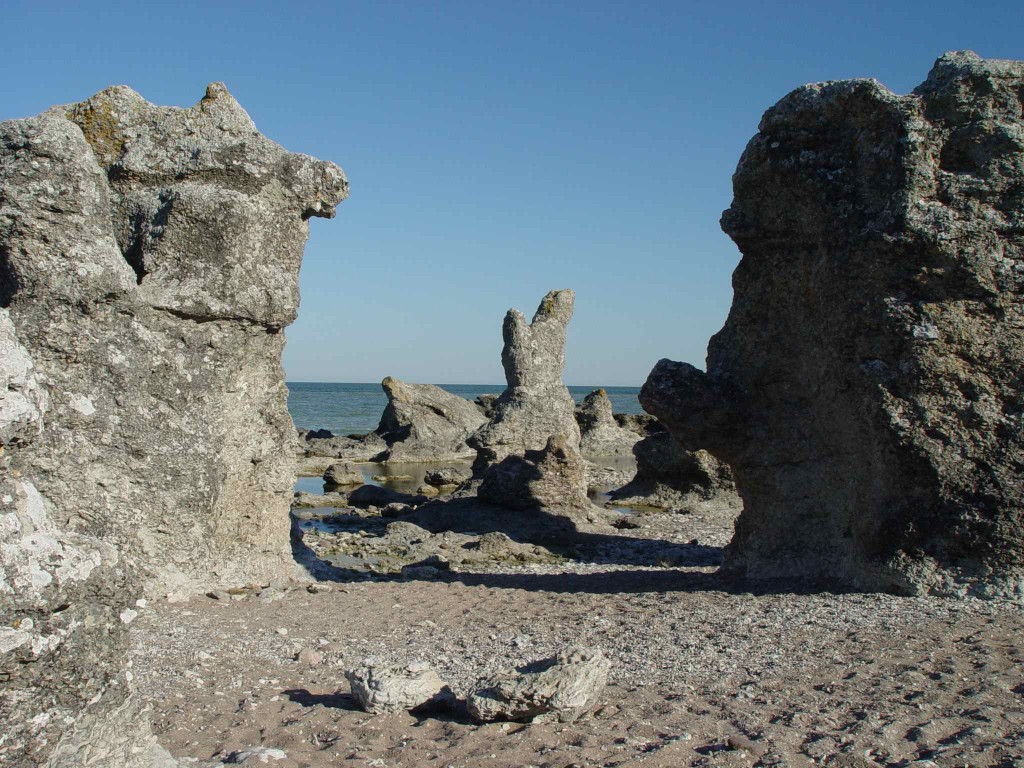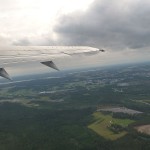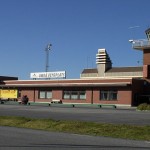Gotland is the largest island of the Baltic Sea and of Sweden, where it belongs. Located some 90 km off the Swedish coast to the east and 130 kilometers from the Baltic countries to the west, Gotland has an area of 3140 km2 with 800 km of coastline, forming the Swedish province that is also called Gotland together with some small islands in its surroundings. There are more than 57,000 inhabitants in Gotland, of which some 22,000 live in the capital Visby, home for the headquarters of the provincial government. Visby was founded in the tenth century as one of the old Hanseatic trade cities.
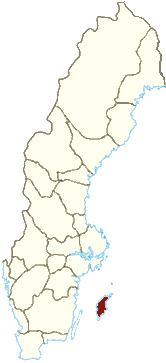
The island of Gotland is formed by a limestone plateau whose formation began 400 millions of years ago in the Silurian period, in which the island was at the height of the equator with a climate similar to the current Hawaii. Devoid of mountains, the island is formed by coral reefs and even today it is possible to discover tropical fossil remains in Gotland. In fact, some 2000 different types of fossils of the Silurian era and subsequent eras have been found on the island. A powerful attraction for the tourism of Gotland are also the beautiful limestone formations of it’s beaches and the Lummelundagrottan limestone caves discovered in 1948.
The first known human population on Gotland was in the Stone Age, 7000 years ago, while in the Viking age, around the tenth century, Gotland was a busy naval business center of the eastern trade, being many of the gotlanders rich sailors and traders with extensive commercial networks in the rest of Europe. In fact, Gotland was a typical hiding place for the foreign richnesses; in the island has been found a large number of Viking Aged currencies such as Roman, German and Arabic coins.
Today the major industries of Gotland are the agriculture, food industry and tourism, although many gotlanders also earn their living from the wood- lime- and cement industries.
Most gotlanders speak Swedish with a gotlandish dialect, although there is such thing as the gotlandish language (gutniska in Swedish), which is considered as a derivative of the old 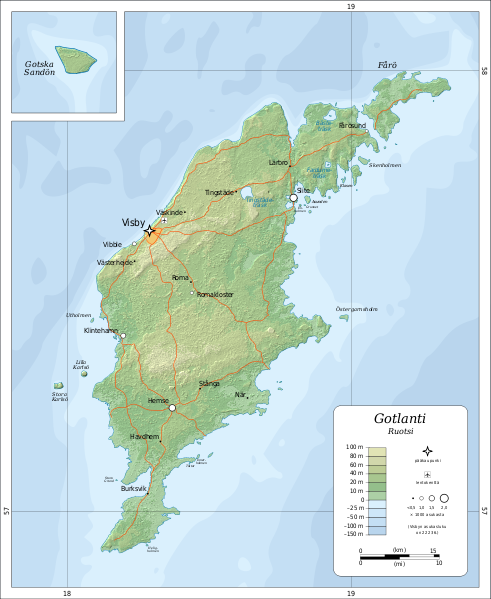 gotlandish language that used to be the autochthonous Scandinavian dialect of Gotland. Today the modern gotlandish has become a mix between the old gotlandish and the Swedish, Danish and German languages .
gotlandish language that used to be the autochthonous Scandinavian dialect of Gotland. Today the modern gotlandish has become a mix between the old gotlandish and the Swedish, Danish and German languages .
What comes to tourism, perhaps the most practical way to visit Gotland is from Stockholm, from where you can reach the island by plane, or even nicer, by boat. Although the island of Gotland becomes exotic and nostalgic in winter, perhaps the best time for a visit is its warm summer. Besides being full of beautiful beaches, Gotland has a lot more to offer to the traveler, if only to see his beautiful capital Visby, a World Heritage Site by UNESCO since 1995, or just to appreciate its natural beauty or experience its many cultural visits. In Gotland it is possible to visit, for example, the northern landscapes of many of the films of the famous filmmaker Ingmar Bergman, who inhabited the island, or why not, the home of the famous child heroine Pippi Longstocking, located near to the seaside capital of Visby.

